All About Chain Types
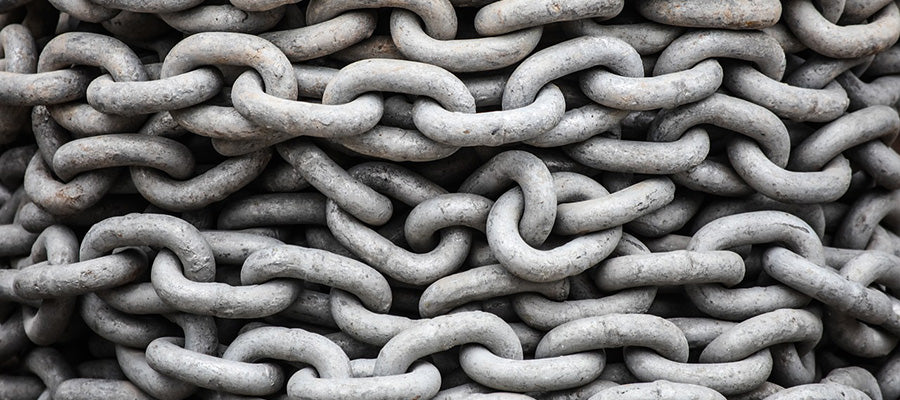
In North America, five types of chain make up the bulk of all chain types used for anchoring. Here are the differences between them:
| G30 - Proof Coil | A general purpose chain of normal commercial quality. Constructed from low carbon steel. Proof coil chain doesn't have a uniform pitch and does not work with windlasses. It is hallmarked approximately every foot with the manufacturer's symbol and grade marking: 3, 30 or 300 |
| BBB Anchor/Windlass Chain | A short link chain of normal commercial quality. Constructed from low carbon steel. It has a uniform pitch short link and works well with gypsies. It used to be the standard for windlasses but it has largely been replaced by G4 Chain. It is hallmarked approximately every foot with the manufacturer's symbol and grade marking: 3B |
| G4, G40, G43 -High Test | This is the standard for most windlasses today. Made from high carbon steel, it has twice the working load of BBB chain which allows a smaller chain size to be used. It is marked approximately every foot with the manufacturer's symbol and grade marking: G4, G40, G43 or G400. |
| G70 - Transport | This chain is commonly called G7 or transport chain. It has a very high strength-to-weight ratio and it has about 25% more strength than high test chains. It works with very few windlasses however. It is hallmarked approximately every foot with the manufacturer's symbol and grade marking: 7, 70, 700. |
Other points to consider:
- If you're using a windlass, choose your anchor chain according to the manufacturer's specifications
- Generally the higher the grade, the higher the holding power, and the heavier the chain
- If you're using a chain and rope setup with your windlass, the chain will need to be spliced to the rope
- Stainless steel chain is less prone to rusting (and looks a lot better!) but it has a lower breaking point than galvanized chain
What the chain grades mean?
This is irrelevant to almost all, but for the bookworm, chain grade numbers are actually expressed in 1/10ths of the actual grade. For example, grade 40 is actually grade 400. The grade represents the tensile strength of the chain. To calculate the tensile strength you multiply the grade times the area of the two cross sections of a link (which involves a particularly nasty math formula).
Published
Recent Posts
Windlass Problems? Common Issues and How to Fix Them
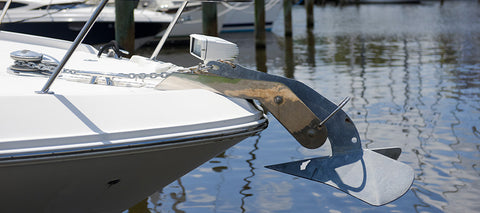
Let's look at common issues with windlasses and how to address them:
1) Windlass Won’t Run in Either Direction
2) Solenoid Clicks, but Windlass Won’t Move
3) Windlass Lacks Power to Haul the Anchor
4) Rode Gets Jammed or Doesn’t Come In
Our history: a 20 year journey
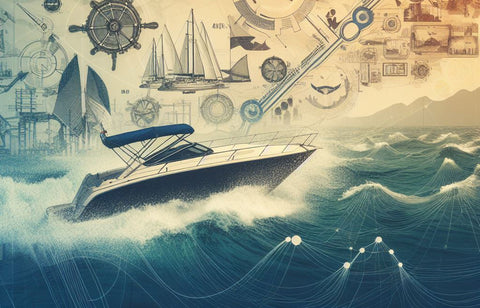
Boat Cleaning Tips for Anglers: Keeping Your Vessel Spotless and Pristine
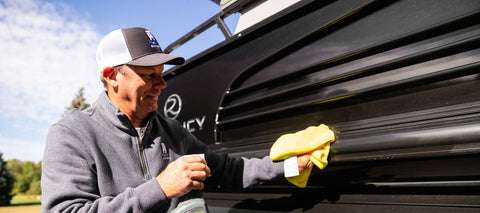
Avast, Ye Mariners! Master the Art of Docking: A Swashbuckling Guide for Boaters
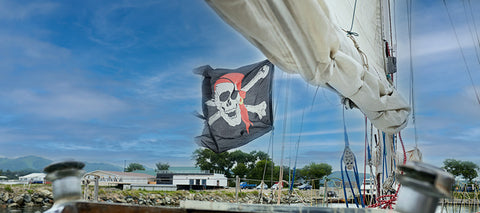
Top Reasons to Keep a Boating Maintenance Log
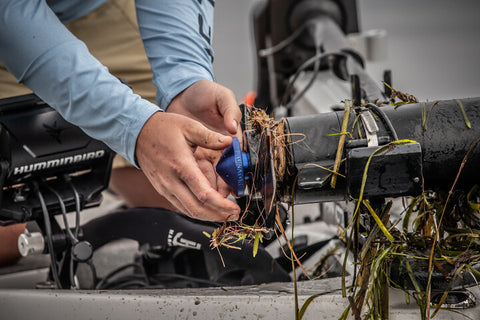
4 Top Tips for Buying a New-to-you Used Boat
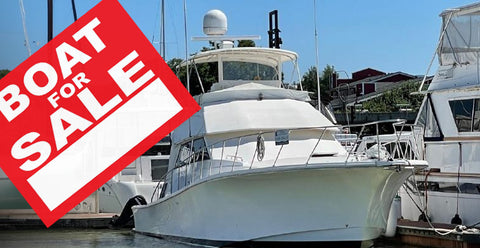
Bent Boat Anchor Shank: Common Causes and Prevention Tips
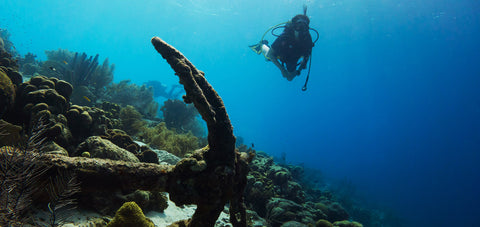
Prepare Your Boat For An Above Average Hurricane Season
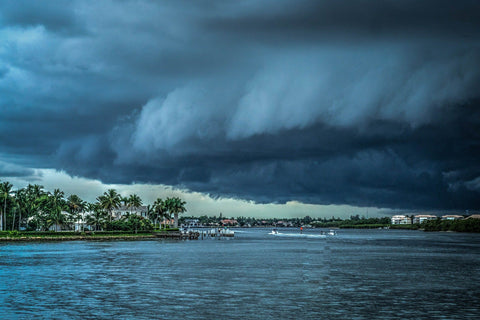
Best Methods For Anchoring Your Jet Ski in Deep or Shallow Water
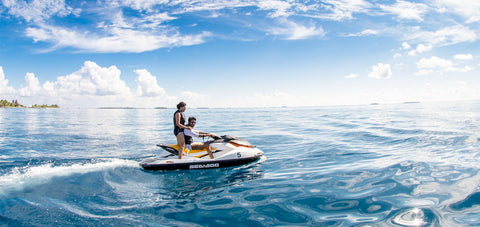
Best Options For Connecting Your Boat To WiFi Internet
